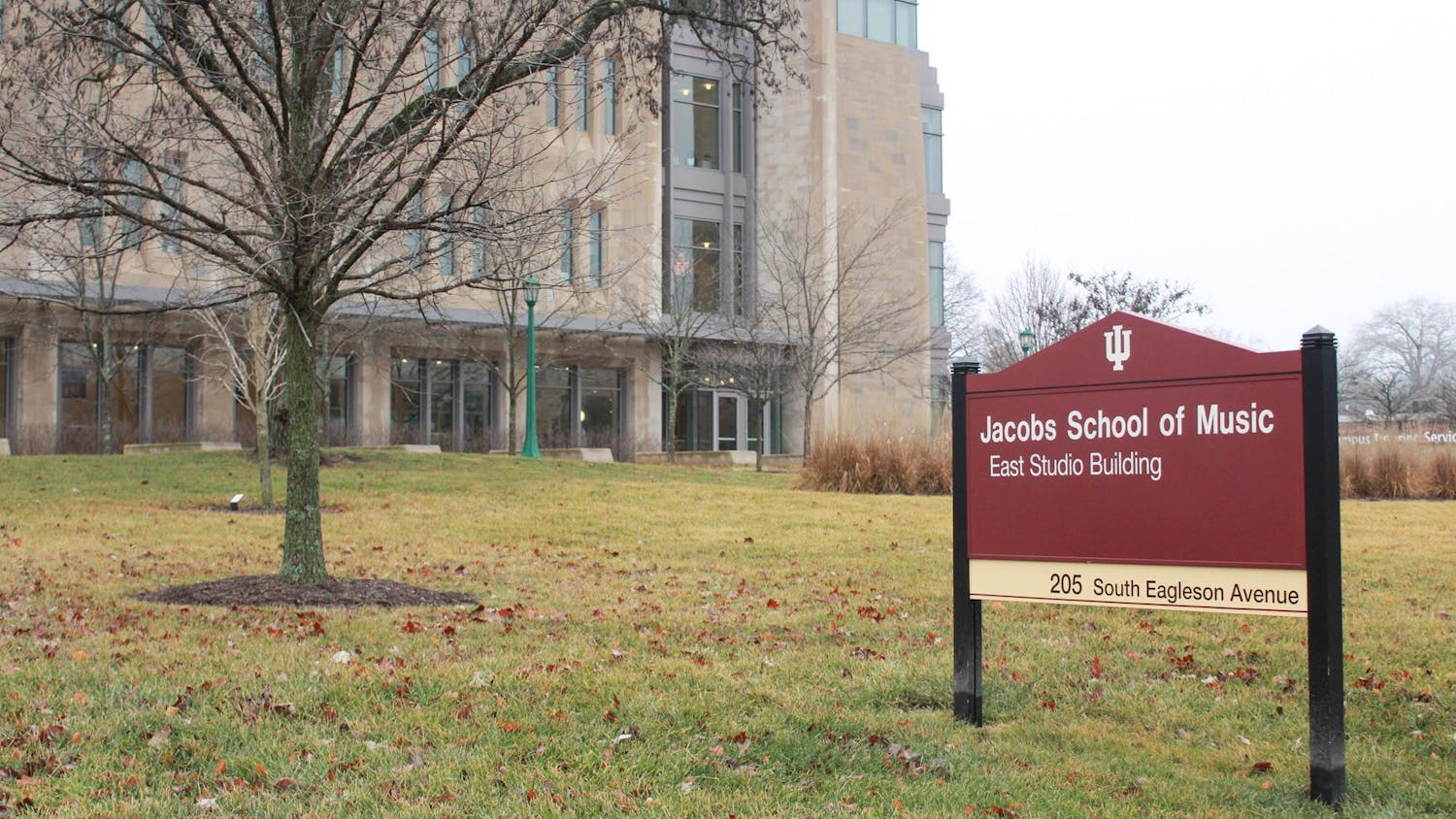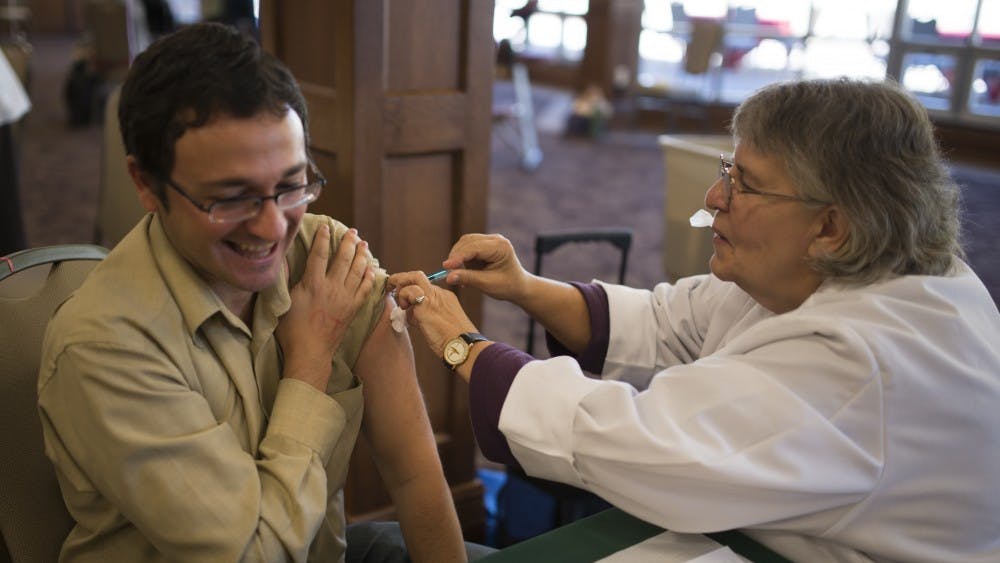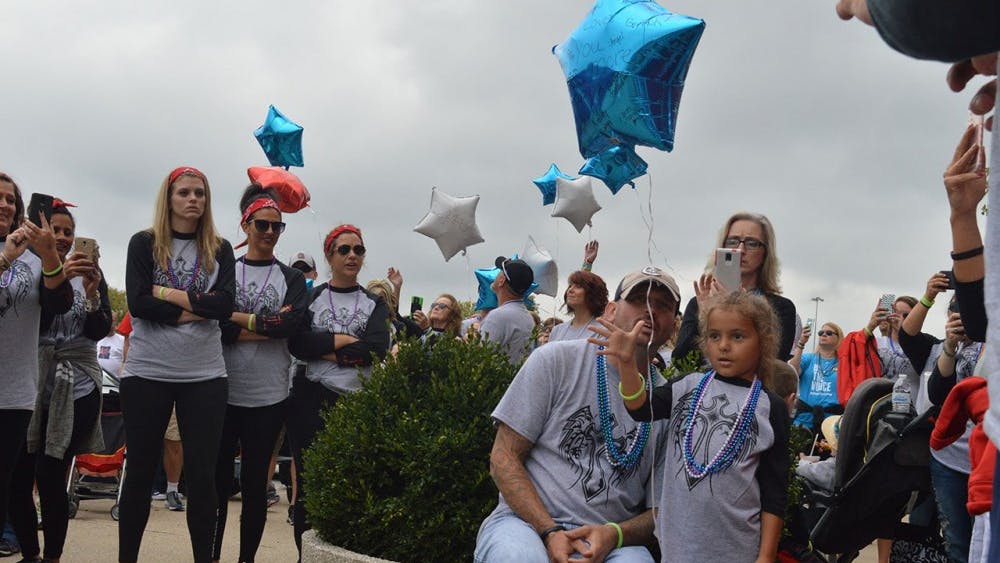This year’s flu season is the deadliest in half a decade, Indiana State Health Department records show.
The latest ISHD report, as of Jan. 30, brought the number of influenza-related deaths to 43. Three flu deaths occurred in the last week — the same number as the entire death toll for the 2011-12 flu season. The 2010-11 flu season listed 25 deaths.
“In terms of scope, this season is classified as a moderate-severe influenza season,” Pam Pontones, ISDH epidemiologist, said.
She explained that the 2007, 2004 and 2003 seasons were also classified as moderate-severe. The flu season spans from Oct. 1 to the end of May.
“While this is a more intense season than we have seen in recent years, it is still typical of past seasons,” she said.
The flu strain prominent this season is Influenza A or H3N2, Pontones said. Cases of the Influenza B strain have also been reported.
The vaccination for this flu season is approximately 62-percent effective, according to ISDH. This is an average efficacy rate for a flu vaccination, said Amanda Roach, spokesperson for IU Health Bloomington Hospital.
Seventeen of the 43 fatal cases in Indiana involved people who were already vaccinated. Ten of them were documented as not vaccinated. Pontones said one explanation for the deaths of those who were vaccinated is that the vaccine takes 10 to 14 days to become fully effective.
“The efficacy of the vaccine and how many people get vaccinated are factors,” Pontones said. “And some of it depends on the virus itself.”
Young children, adults older than 65, pregnant women and individuals with underlying medical conditions are more susceptible to the flu, Roach explained.
Forty-two of the 43 Indiana deaths reportedly had underlying medical conditions including cardiac disease, chronic obstructive pulmonary disease, diabetes, asthma and renal disease. Two of the influenza deaths were persons younger than 18.
In response to the number of flu patients IU Health has seen, the hospital has implemented stricter visiting restrictions. Similar restrictions were also implemented during the 2009 H1N1 flu season, Roach said.
“Because we’ve seen so much flu in the community, we have put in place some voluntary restrictions to protect patients,” Roach said. “They allow patients to have only two healthy adult visitors.”
In this case, “healthy” refers to a physical state free of flu-like symptoms and no recent exposure to the flu, Roach said.
The numbers of patients coming to the IU Health Urgent Care locations with flu symptoms has decreased, which Roach hopes is indicative of the flu season winding down.
“The first two weeks of January, 95 people came with flu-like symptoms, while 75 people came with symptoms in the last two weeks of January,” she said. “It’s still quite a bit, but is coming down.”
Pontones said it’s still too early to know whether the flu season has reached its peak.
“It’s impossible to predict,” she said. “The influenza virus itself is unpredictable. We certainly encourage anyone who hasn’t been vaccinated to get a flu shot. It’s not too late to get the flu vaccination.”
To find where to get a flu shot near you, an online locator is available at statehealth.in.gov and flu.gov.
Indiana in midst of deadliest flu season in 5 years
Get stories like this in your inbox
Subscribe





